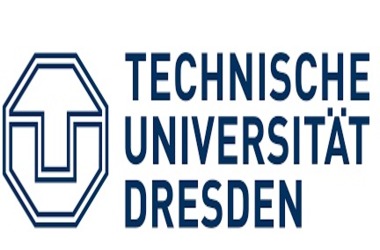
Neuromorphic computing, a form of computing utilizing programmable physical artificial neurons to simulate human brain activity, differs from traditional computers that use binary transistors. Instead, neuromorphic computers transmit signals across various patterns of neurons, factoring in time, making them ideally suited for pattern recognition and machine learning algorithms.
Revolutionizing Blockchain and AI with Advanced Pattern Recognition
The team at Technische Universität Dresden employed “reservoir computing,” utilizing a vortex of magnons to perform instantaneous algorithmic functions. They successfully developed and tested the new reservoir material and demonstrated its compatibility with standard CMOS chips commonly employed in the semiconductor industry.
This breakthrough bears profound implications for both blockchain and AI domains. Classical computers excel at number crunching using Boolean algebra but struggle with pattern recognition, especially with noisy or incomplete data. In contrast, neuromorphic computers are adept at handling such challenges, continuously reacting to real-time data and processing it through brain-like pattern configurations.
The potential applications of neuromorphic computing are vast, encompassing finance, artificial intelligence, transportation, and beyond. It can tackle problems involving information scarcity, like predicting traffic flow in the transportation sector. Moreover, neuromorphic computers consume significantly less power than classical and quantum computing, rendering them more energy-efficient and cost-effective for operating blockchains and conducting machine learning tasks.
In conclusion, Technische Universität Dresden’s pioneering research has opened up new possibilities for developing a CMOS-compatible neuromorphic computing chip. This cutting-edge technology has the potential to revolutionize blockchain and AI, providing faster and more efficient solutions for pattern recognition and machine learning tasks.